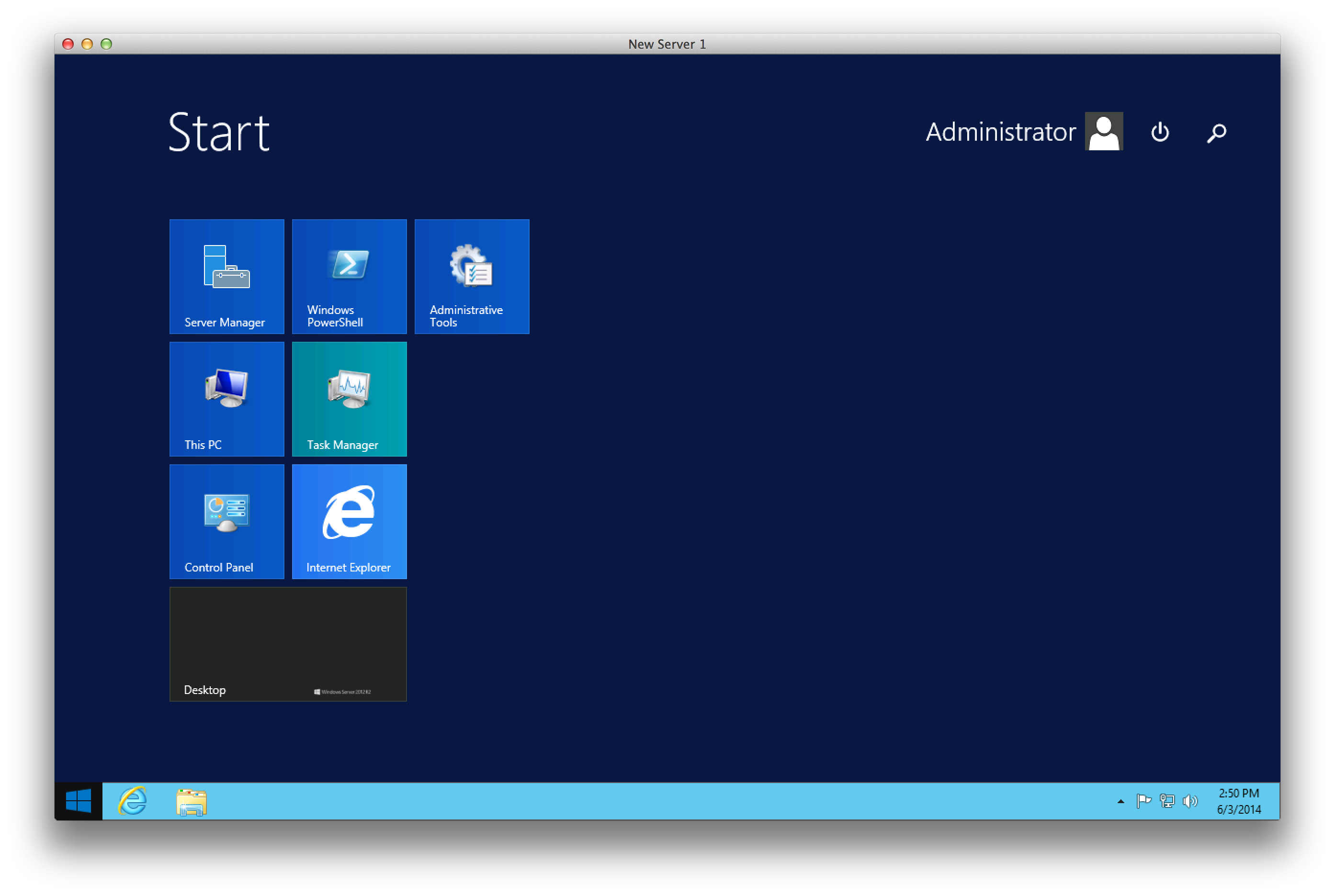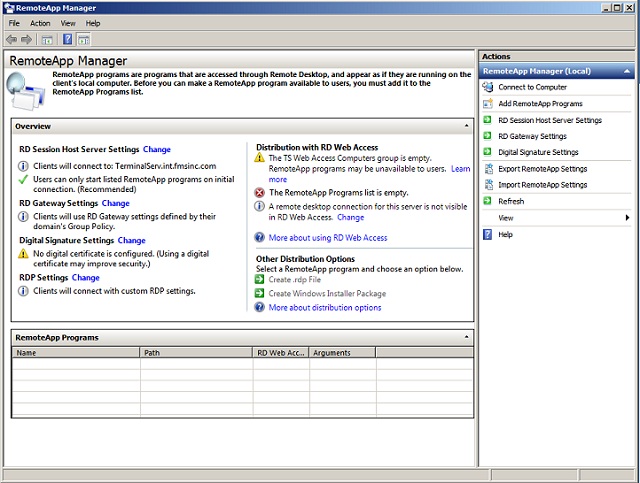Windows Server 2008 Remote Desktop Services
- Windows Server 2008 R2 Remote Desktop Services Resource Kit Pdf
- Windows Server 2008 Remote Desktop Services Is Currently Busy
- Windows Server 2008 Remote Desktop Services

Overview
Windows Server 2008 R2 Remote Desktop Services Resource Kit Pdf
In-depth and comprehensive, this official Microsoft RESOURCE KIT delivers the information you need to plan, deploy, and administer Remote Desktop Services in Windows Server 2008 R2. You get authoritative technical guidance from those who know the technology best-leading industry experts and members of the Microsoft Desktop Virtualization Team. Coverage includes scenarios for Remote Desktop Services (formerly known as Terminal Services), virtualizing roles, setting up Remote Desktop Virtualization Host (RDVS), managing application compatibility, customizing and locking down the user experience, using Windows PowerShell for configuration and management, administering security features, deploying a farm, publishing resources, managing sessions, and other life cycle issues. In addition, the RESOURCE KIT CD features a fully searchable electronic version of the book, along with sample scripts, white papers, links to tools and videocasts, and other essential resources.
For customers who purchase an ebook version of this title, instructions for downloading the CD files can be found in the ebook.
Windows Server 2008 Remote Desktop Services Is Currently Busy

Windows Server 2008 Remote Desktop Services
If you plan to use HTML Access or scanner redirection, install the Desktop Experience feature. The steps for installing Desktop Experience differ on Windows Server 2008 R2 and Windows Server 2012 or 2012 R2. Restrict users to a single desktop session. See Restrict Users to a Single Session. A Remote Desktop Session Host (RD Session Host) server is the server that hosts Windows-based programs or the full Windows desktop for Remote Desktop Services clients. Users can connect to an RD Session Host server to run programs, to save files, and to use network resources on that server. From here select Allow Connections Running Remote Desktop With Network Level Authentication (for a more secure environment). Alternatively, you can also choose Allow Connections From Computers Running Any Version Of Remote Desktop (for allowing remote desktop connection sessions with pre Windows Server 2008 systems). Once done, click OK.
